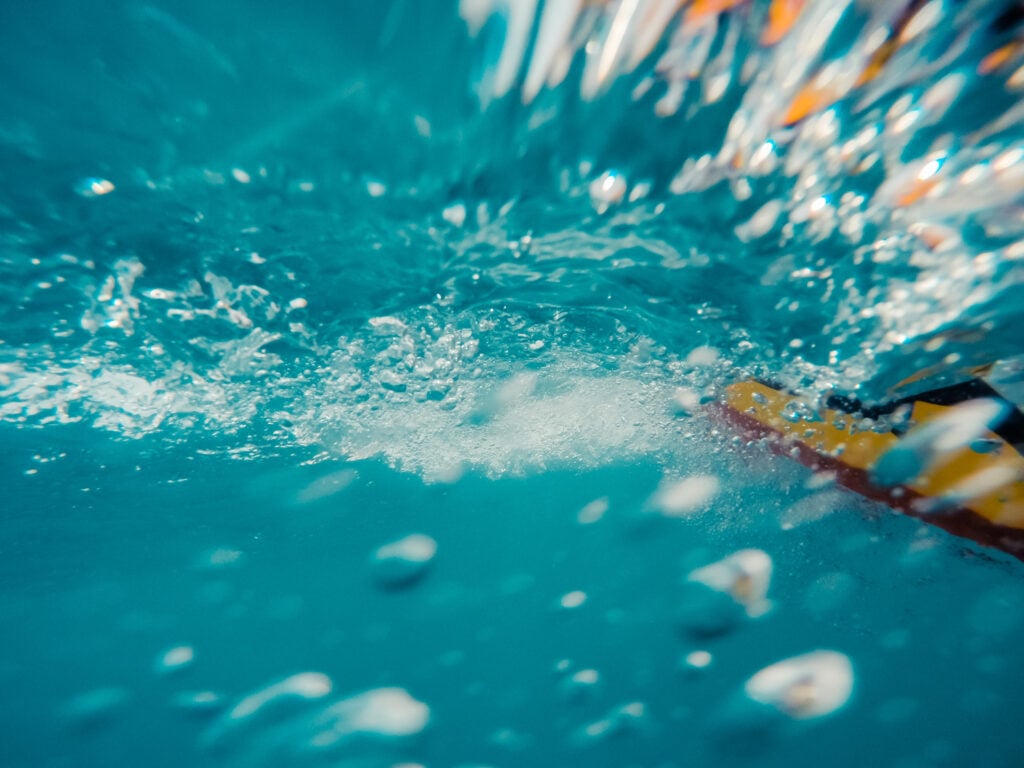
Drowning is a leading cause of unintentional injury-related death, especially among young children. It can happen in seconds–and often silently. Fortunately, drowning injuries are largely preventable with the right precautions. Whether you’re supervising kids at the pool, enjoying a day at Lake Mead, or relaxing at home near a spa, these five strategies from the Las Vegas personal injury lawyers at ER Injury Attorneys can significantly reduce the risk of suffering drowning injuries.
1. Practice Constant and Attentive Supervision
Supervision is the single most important way to prevent drowning injuries. Children can slip under the water quickly and without a sound, making it crucial that an adult is always watching when water is present.
- Never leave children alone in or near water, even for a moment.
- Avoid distractions like phones, books, or conversations when supervising swimming activities.
- Supervision should be active and within arm’s reach for young children, especially infants and toddlers.
This level of supervision, often referred to as “touch supervision,” means that an adult should be close enough to reach out and grab a child if needed. Bathtubs, kiddie pools, and even buckets of water can be hazardous.
2. Designate a Dedicated “Water Watcher”
When several adults are present, assign one person as the “Water Watcher”–someone whose only responsibility is to watch the swimmers.
- Rotate the role every 15–30 minutes to prevent fatigue.
- The watcher should not be multitasking or using their phone.
- This strategy helps ensure that supervision doesn’t fall through the cracks during group gatherings.
A designated Water Watcher system is an easy and effective way to make sure someone is always focused on pool safety, helping to prevent drowning injuries when multiple caregivers are present.
3. Secure Pools and Spas with Proper Barriers
Installing physical barriers is a critical step in preventing unsupervised access to pools, hot tubs, and spas.
- Use a four-sided fence that separates the pool from the house and yard. It should be at least 4 feet high and non-climbable.
- Gates should be self-closing and self-latching, opening outward with latches placed high enough to be out of a child’s reach.
- Remove toys and floats from the pool area when not in use to prevent attracting curious children.
These barriers add an essential layer of protection, especially in residential settings, reducing the risk of accidental drowning injuries in home pools.
4. Learn How to Swim and Water Safety Skills
Swimming lessons are not just a summer activity–they are a life-saving skill. Formal instruction can greatly reduce the risk of drowning injuries.
- Children should learn basic water safety and swimming skills early.
- Adults who aren’t confident swimmers should also consider taking lessons.
- The goal is water competency, including the ability to enter the water, get a breath, stay afloat, swim a distance, and exit safely.
Water safety isn’t just about learning strokes–it’s about having the confidence and skills to survive and help in an emergency situation.
5. Use Life Jackets and Prepare for Emergencies
Even strong swimmers can get into trouble, especially in open water or boating situations. U.S. Coast Guard-approved life jackets provide essential protection.
- Choose a jacket that fits the individual’s weight and size.
- Avoid relying on inflatables or toys like water wings–they are not designed to prevent drowning.
- Remember: Life jackets are a backup, not a substitute for close supervision.
In addition to wearing life jackets, it’s important for adults to be trained in CPR and emergency water rescue techniques.
- Learn CPR with rescue breaths through certified training programs.
- Understand the “Reach or Throw, Don’t Go” principle: use a pole, rope, or floatation device to help someone in trouble without putting yourself at risk.
- Keep a phone nearby during all aquatic activities, with emergency numbers saved and easily accessible.
Get in Touch with a Las Vegas Swimming Pool Accident Lawyer
The swimming pool accident lawyers at ER Injury Attorneys are here with the information you need on drowning injuries. We’re also here for you if you or someone you love has suffered such an injury through no fault of your own. Our dedicated team of Nevada injury attorneys is ready to help with the claim process and get you the compensation you need.
ER Injury Attorneys is available to assist you 24 hours a day, 7 days a week. You can reach us right now by dialing 702-878-7878 or online through LiveChat. You can also fill out this contact form.
ER Injury Attorneys represents accident victims throughout Southern Nevada, including Henderson, Summerlin, Pahrump, Boulder City, Laughlin, and beyond. Get in touch with us today to get the legal advocacy you need.
